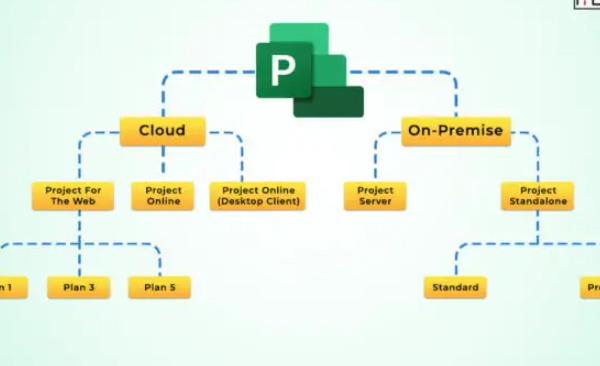In today’s competitive business landscape, product managers are crucial in driving growth and success. With the rise of growth hacking, a data-driven approach to achieving rapid and sustainable growth, product managers can leverage various techniques to optimize their product’s performance and maximize user acquisition, engagement, and retention.
This article explores key growth hacking techniques that product managers can employ to propel their products to new heights.
I. Conducting User Research for Insights
Understanding your target audience is fundamental to growth hacking. Product managers can gain valuable insights into user behavior, pain points, preferences, and needs by conducting comprehensive user research. This knowledge allows for data-driven decision-making and the development of targeted growth strategies. The product management course can further help product managers to understand the user journey and make better decisions.
II. Implementing A/B Testing and Experimentation
A/B testing is a robust technique that enables product managers to compare two or more versions of a feature or user experience and determine which one yields better results. By running experiments and analyzing the data, product managers can optimize their product’s performance, increase conversion rates, and improve user satisfaction.
III. Optimizing Onboarding and User Experience
The onboarding process is critical for capturing and retaining users. Product managers can employ growth hacking techniques to streamline onboarding, making it intuitive, frictionless, and engaging. By optimizing the user experience throughout the customer journey, product managers can reduce churn rates and enhance user satisfaction, leading to organic growth through positive word-of-mouth.
IV. Leveraging Viral Loops and Referral Programs
Viral loops and referral programs can be highly effective growth hacking techniques. Product managers can tap into the power of social proof and network effects by incentivizing existing users to refer new users. Well-designed referral programs create a virtuous cycle of user acquisition, as each new user brings in more users, leading to exponential growth.
V. Applying Data Analytics and Tracking Metrics
Data analytics plays a vital role in growth hacking. Product managers should leverage analytics tools, such as link trackers, to track key performance indicators (KPIs) such as user acquisition, conversion rates, user engagement, and retention.
Product managers can identify bottlenecks, uncover growth opportunities, and optimize their strategies by analyzing these metrics.
VI. Embracing Agile Methodologies
Agile methodologies like Scrum or Kanban offer a framework for iterative product development and growth. By breaking down projects into small, manageable tasks and embracing continuous improvement, product managers can respond quickly to user feedback, adapt their strategies, and accelerate growth.
VII. Emphasizing Customer Success and Support
Customer success and support are essential for fostering user satisfaction and long-term growth. Product managers should focus on delivering exceptional customer experiences, promptly addressing user concerns, and providing proactive support. Satisfied customers are likelier to become brand advocates and contribute to organic growth.
VIII. Harnessing the Power of SEO and Content Marketing
Search engine optimization (SEO) & content marketing are potent growth-hacking techniques for attracting organic traffic and increasing visibility. Product managers can optimize their product’s online presence by creating high-quality content, targeting relevant keywords, and leveraging SEO best practices. By implementing a robust content marketing strategy, they can establish thought leadership, build trust, and drive traffic to their product.
IX. Collaborating with Influencers and Partnerships
Influencer marketing and strategic partnerships can provide a significant boost to growth efforts. Product managers should identify influencers or complementary products/services with aligned target audiences and collaborate on joint campaigns or partnerships. This approach helps tap into existing networks, gain exposure, and access new user segments.
Conclusion
Growth hacking techniques offer product managers a powerful toolkit to drive rapid and sustainable product growth. By embracing user research, experimentation, optimized user experiences, viral loops, data analytics, agile methodologies, customer success, SEO, and strategic partnerships, product managers can supercharge their growth efforts and achieve remarkable results.
Continual learning, adaptation, and innovation are key to successfully applying these growth-hacking techniques and staying ahead in an ever-evolving business landscape.




